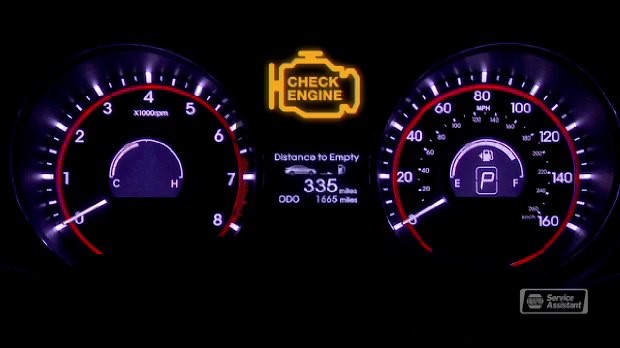When the check engine light comes on, you’re gripped between utter panic and you just want to ignore it and hope it goes away.
How does it make you feel just thinking about it? It’s understandable of course, because that same check engine light could be coming on for anything, from serious damage to your transmission all the way down to just a loose gas cap.
“A loose gas cap?” you say.
“There’s a trouble code for that, seriously?” That’s a really good question.
There’s a very common misconception that the trouble codes stored in your engine computer when your check engine light comes on will specifically identify a problem. It’s really more like pointing to the symptoms of a problem.
Take your own temperature for example. Say it’s 101 degrees. Your heat sensor, the thermometer, tells you your temperature is out of the normal range, but what it doesn’t tell you is why you have a fever. Is it the flu or a sinus infection? You need more information, and possibly more tests. The same goes for the trouble codes stored in the vehicle computer, there can be a number of causes.
So, our trained technicians at the car husband takes the trouble code as a starting point and begins a diagnostic process to determine the cause of the problem. And for some problems, it takes longer than others.
When your engine management system logs a problem and illuminates the check-engine light, the service technician plugs in a computer or scanner, downloads the trouble codes and goes to work tracing down the cause of the problem.
That’s when training, equipment, databases and skill get put to work diagnosing the problem and fixing it.
It’s also important to note if your check engine light is flashing,
it means the problem could lead to serious damage, and you should bring your car into a service center as soon as possible to get the problem solved.
If it’s on but not flashing, you have some time to get in at your convenience.









